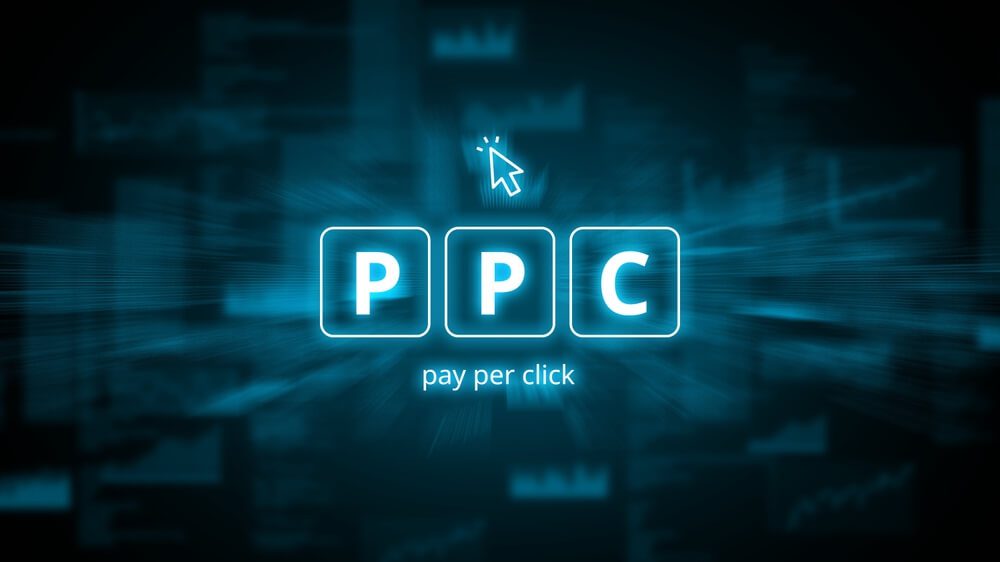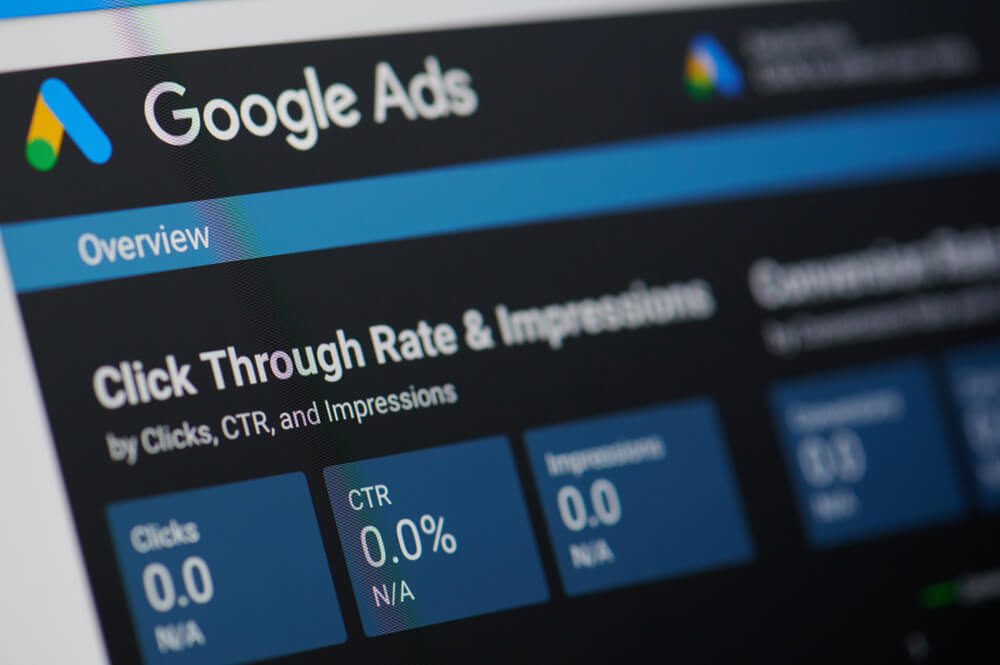
Essential Checklist for Your PPC Success
Pay-per-click (PPC) is an advertising strategy that can produce quick results but needs expert strategizing. It is easy to hire a PPC agency and wait for results to come in but to ensure success, you need a solid background in paid ads marketing.
Check out our essential checklist for PPC success:
 The first step in creating better PPC campaigns is to perform in-depth keyword research. You must find what terms are the most relevant keywords that bring the best results.
You can perform keyword research in many ways. Check forums and social pages for terms that your audience frequently uses. Look for ideas from frequently asked questions and products and services that are related or similar to yours. You can find all these by performing a simple Google search.
Here are a few tips for performing thorough keyword research.
The first step in creating better PPC campaigns is to perform in-depth keyword research. You must find what terms are the most relevant keywords that bring the best results.
You can perform keyword research in many ways. Check forums and social pages for terms that your audience frequently uses. Look for ideas from frequently asked questions and products and services that are related or similar to yours. You can find all these by performing a simple Google search.
Here are a few tips for performing thorough keyword research.
 After compiling relevant keywords, organize these into ad groups for your campaign. Structure your Google Ads campaign to reduce unnecessary ad spending and optimize your budget. Once your ad groups and campaigns are ready, start creating engaging landing pages.
Keep up with the times; optimize your landing pages to work on mobile. By 2027, mobile will account for roughly half of all search advertising spending.
Here are more tips to improve your landing pages.
After compiling relevant keywords, organize these into ad groups for your campaign. Structure your Google Ads campaign to reduce unnecessary ad spending and optimize your budget. Once your ad groups and campaigns are ready, start creating engaging landing pages.
Keep up with the times; optimize your landing pages to work on mobile. By 2027, mobile will account for roughly half of all search advertising spending.
Here are more tips to improve your landing pages.
 Your target audience clicks on your ads because of the ad text and ad extensions. They may choose your competitors if they do not see the value in your offer. Remember that every detail counts when it comes to PPC.
One of the ways to encourage your audience to click is through ad extensions, which provide helpful information about your offers, services, and company. The following are ways to make your results page stand out from the competition:
Your target audience clicks on your ads because of the ad text and ad extensions. They may choose your competitors if they do not see the value in your offer. Remember that every detail counts when it comes to PPC.
One of the ways to encourage your audience to click is through ad extensions, which provide helpful information about your offers, services, and company. The following are ways to make your results page stand out from the competition:
- Perform thorough keyword research
- Check competitor ad performance
- Arrange keywords, ad groups, and landing pages
- Develop ad texts and extensions
- Monitor competitor performance
If you want to learn how Digital Authority Partners can increase your PPC effectiveness, watch this video!
1. Perform Thorough Keyword Research
 The first step in creating better PPC campaigns is to perform in-depth keyword research. You must find what terms are the most relevant keywords that bring the best results.
You can perform keyword research in many ways. Check forums and social pages for terms that your audience frequently uses. Look for ideas from frequently asked questions and products and services that are related or similar to yours. You can find all these by performing a simple Google search.
Here are a few tips for performing thorough keyword research.
The first step in creating better PPC campaigns is to perform in-depth keyword research. You must find what terms are the most relevant keywords that bring the best results.
You can perform keyword research in many ways. Check forums and social pages for terms that your audience frequently uses. Look for ideas from frequently asked questions and products and services that are related or similar to yours. You can find all these by performing a simple Google search.
Here are a few tips for performing thorough keyword research.
- Look for the right keywords. Use low-competition, high-volume, and high-intent keywords. Use tools like Google Keyword Planner or SEMrush Keyword Magic to find these.
- Use long-tail keywords. These are less popular keywords that have lower search volume. But because they are very specific, they convert better. Long-tail keywords have 2.5 times better conversion rates than short-tails.
- Identify negative keywords. They may sound related to your campaign, but they need to fit your business. Find them using keyword research tools and enter them into your campaign in Google Ads.
- Use local keywords. This is important for small to medium-sized businesses that want to target local customers in their physical shops. Add your exact location (city, region, or country) to your keywords like “electrical repairs in San Diego” or “San Diego residential electricians.”
2. Check Competitor Ad Performance
The next step is performing competitor ads analysis. You must find your position in the market to help you develop your unique selling point (USP). USP is what makes your services or products better than the competition. With a clear idea of your USP, you can easily find issues in the PPC strategies of your competition and create better, more engaging ads. Here are some techniques to effectively analyze your competitor’s advertising efforts.- Use Competitive Analysis. In Google Ads, add your competition domain in the search bar. This tool has the Ad Copies report to monitor actual ad performance and the Ad History report to show monthly records of ad rankings and keywords for the past year.
- Check Auction Insights Report. This feature provides an overview of your and your competitors’ ad performance. This is available under Campaigns and Ad Groups in Google Ads.
- Consider Google Keyword Planner Tool. Type a keyword related to your company, your campaign, and your competitor’s campaign to get data to understand various search trends.
3. Arrange Keywords and Ad Groups, and Create Better Landing Pages
 After compiling relevant keywords, organize these into ad groups for your campaign. Structure your Google Ads campaign to reduce unnecessary ad spending and optimize your budget. Once your ad groups and campaigns are ready, start creating engaging landing pages.
After compiling relevant keywords, organize these into ad groups for your campaign. Structure your Google Ads campaign to reduce unnecessary ad spending and optimize your budget. Once your ad groups and campaigns are ready, start creating engaging landing pages.
Schedule Your Free Consultation
Looking To Meet Now? Schedule A Meeting Today
- Determine your landing page goal. Think about the type of conversion you wish to accomplish with your landing page. Do you want to build awareness, drive sales, or generate leads?
- Design a good landing page layout. No matter your goal, ensure your landing page has a complete structure that includes a headline, brief description, lead capture form, and call-to-action (CTA).
- Create a concise copy. Position your offer at the beginning of your content. Ensure that the copy is easy to understand, with no confusing terms.
- Utilize above-the-fold ads. Place all essential information about your offer and CTA at the top part of the page. This ensures the first thing users see when they reach your landing page are the details of your offer.
- Use an irresistible call-to-action (CTA). Use words that encourage visitors to take action. Use verbs that command and terms and numbers that promote strong emotion.
- Test your landing pages. Use A/B testing on your copies, landing page design, CTA, and visuals. Monitor ad performance and adjust where needed to reach the best conversion rates.
- Hire an expert. A professional agency helps you effectively arrange your campaign. Finding a good PPC partner is tough, but working with one lets you successfully outsource your PPC needs.
4. Develop Ad Texts and Extensions
 Your target audience clicks on your ads because of the ad text and ad extensions. They may choose your competitors if they do not see the value in your offer. Remember that every detail counts when it comes to PPC.
One of the ways to encourage your audience to click is through ad extensions, which provide helpful information about your offers, services, and company. The following are ways to make your results page stand out from the competition:
Your target audience clicks on your ads because of the ad text and ad extensions. They may choose your competitors if they do not see the value in your offer. Remember that every detail counts when it comes to PPC.
One of the ways to encourage your audience to click is through ad extensions, which provide helpful information about your offers, services, and company. The following are ways to make your results page stand out from the competition:
- Create a great headline. Include keywords in your headline. Ask a question or offer a solution to user problems. Leverage numbers or statistics to promote trust and use simple language.
- Use dynamic keyword insertion on your headlines. This Google Ads feature automatically updates ads with keywords in your ad group that helped your ads show. Activate this feature in your Google Ads account.
5. Monitor Competitor Performance
Tracking your competition is a crucial part of any good agency’s PPC management service. Doing this on your own would be difficult because Google Ads rarely tracks your competitors. But PPC agencies have ways to stay updated with competitor performance. SEMrush Position Tracking, or search engine results page (SERP), helps check your website rankings and your competitors. It has features like Competitors Discovery, Landscape, Overview, Ranking Distribution, and much more to help you improve competition tracking.Summing Up
Follow our PPC success checklist. Remember to perform thorough keyword research, check competitor ad performance, and arrange keywords, ad groups, and landing pages. Also, develop ad texts and extensions and monitor competitor performance. These pointers help you create better, more effective, and more successful PPC ads. How can PPC help you reach success? Call Digital Authority Partners to find out.Want To Meet Our Expert Team?
Book a meeting directly here



